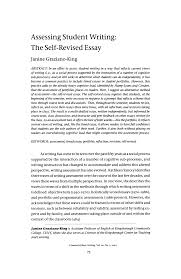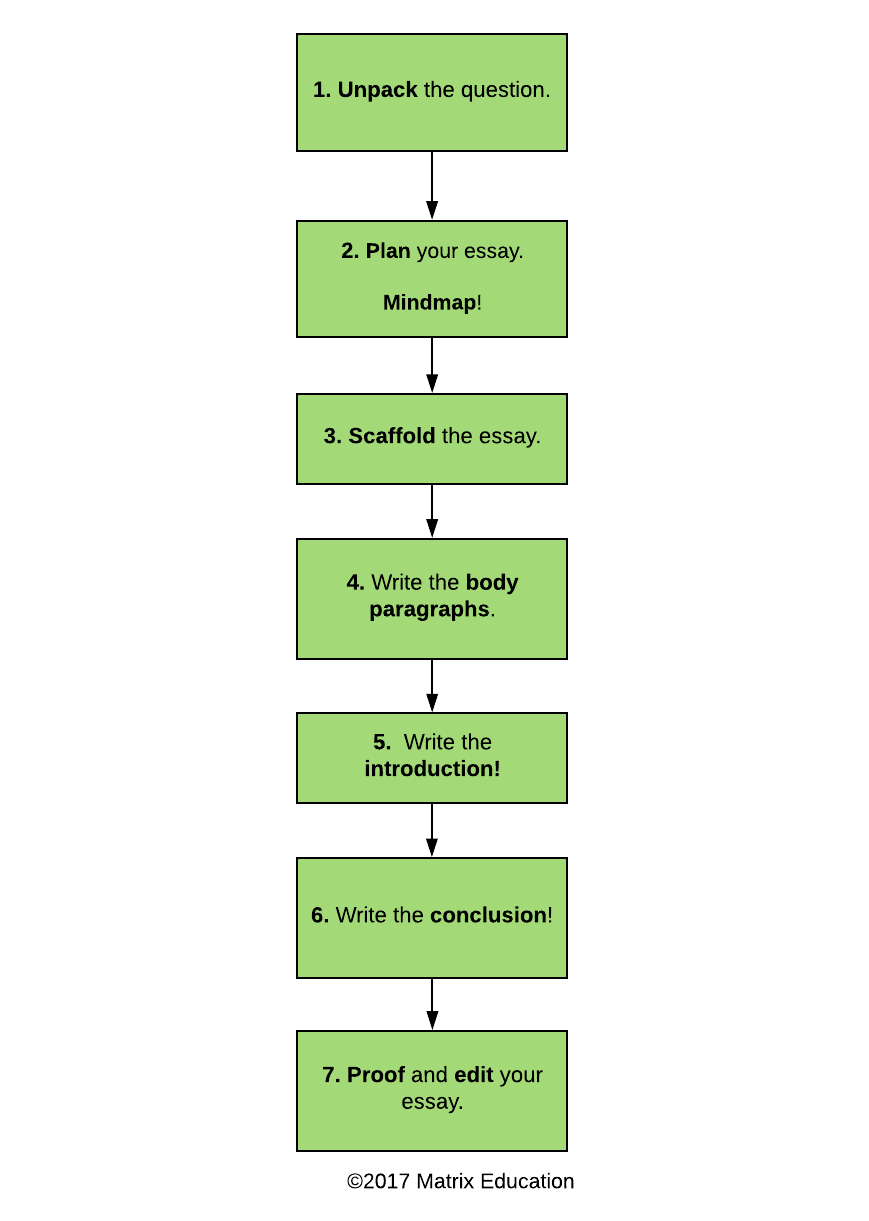If you’re asking yourself, “How to teach students to write an essay?” then you’ve probably heard the three golden rules before. Practice makes perfect, require a rough draft, and give students homework to develop their essays. But do you really know what these rules actually mean? In this article, I’ll show you exactly what they mean and how you can put them to use in your class. And hopefully, this will help you teach your students to write an essay like a pro.
Rules of three for writing an essay
When you’re teaching students how to write an essay, you need to follow the “Rules of Three” for success. While it can be difficult to teach someone to write an essay from scratch, you should start with the basics. First, have students write down the topic and outline the points they will include. This will help them understand the structure of the essay. Then, have them back up their points with evidence.
For Step One of the Rule of Three to work, students must be actively engaged with the subject matter. Passive learning is not allowed. In Step One of the Rule of Three, students might complete a vocabulary-development activity, a history inquiry, or a mathematical pattern discovery excursion. Whatever the topic, this process should be messy. Ultimately, students should retain content and knowledge from the learning process.
Practice makes perfect
If you’re a teacher teaching students how to write an essay, you’re probably aware of the benefits of practice. However, while practice makes perfect, it’s not always the best solution. While doing anything until you’re good at it may result in temporary perfection, sustained practice involves review of the target material. It also involves periodic quizzes or tests that build on material previously learned. If you want to get the most out of your students’ experience with practice, you should start by identifying the genre and question type that will best suit them.
The adage “practice makes perfect” applies to most fields. No man was perfect before he practiced. Studies of great achievers reveal that they all practiced. Practice gives you a better idea of the Do’s and Don’ts of an activity, as well as its nooks and corners. Without practice, you wouldn’t know about them. But through practice, you will become perfect.
Require a rough draft
When teaching students how to write an essay, one of the best practices is to require a rough draft. While a rough draft is not meant to be flawless, students should not stress over any mistakes that may appear in the writing. If a student makes an error, they can edit the essay later. Students should also save the draft with new tags in order to save time and ensure that the final product is polished.
If you’re teaching students to write an essay, you might want to require a rough draft as part of the process. A rough draft allows students to make necessary revisions. It also gives students a sense of control over the process. They can ask another student for feedback and make changes based on the comments. A rough draft is helpful for revision and proofreading. It will allow students to see what they have written and make it stronger.
Give students homework to help them develop their essays
When giving students essays to write, you should carefully consider the audience for the essay. While students will typically address the instructor as their audience, you should also consider alternative audiences such as students who have missed classes, groups that oppose the student’s position, and people reading popular magazines. By providing students with a variety of audiences for their essays, you’ll increase their chances of achieving the highest quality work possible.
Provide feedback
The way you provide feedback to your students when teaching them how to write an essay is important. Feedback must be constructive and balanced with praise. If you want to improve a student’s work, you should point out their strengths and encourage them to focus on a single goal. Multiple goals may overwhelm a student and lead to discouragement. In addition, students have strong psychological investments in their written work, so it is essential to offer feedback in a clear manner.
When providing feedback to students, it is best to use a rubric rather than marking each piece individually. Using rubrics can provide actionable feedback that will strengthen the writing. Actionable comments give specific steps to take to improve the writing. These comments are more effective than a single, general comment. For example, a teacher can mark a student’s paper by highlighting specific areas that need improvement. This allows the student to see which areas need improvement.



